The best way to use chakras in everyday life
Tune into your energy with these simple practices
This post is in response to Sarah Fay’s
Friday Office Party prompt on Feb. 16. asked about the best way to use chakras in everyday life and is looking for both practical applications and practices. and were interested in this topic too. Please note this is a very basic introduction to the chakra system, which is an ancient, complex system that can get quite advanced. For most people, a basic understanding allows you to start exploring these ideas in your body, mind, and spirit.Intro to the chakras
First and foremost, the chakras are a spiritual tool. Many teachers and practitioners utilize the chakras for physical balance when in fact chakras are meant to align energy for spiritual enlightenment. I often ask my yoga students “why do you practice yoga?” If you practice for physical fitness or to feel better in your body, that’s fine, but the chakra system will not help your physical body beyond the benefits physical postures already offer. If you practice yoga to attain spiritual enlightenment, then the chakra system can offer a rich and deep experience on your path toward liberation. I don’t think most people today are practicing yoga to become enlightened and that is okay. I also think the chakra framework has a lot to offer as a practice of awareness and that developing self-awareness is important regardless of whether or not your ultimate goal is enlightenment.
The physical process of enlightenment is described in ancient yoga texts as the awakening, rising, and union of the kundalini shakti with the divine. Yoga is both a philosophy system and a practice designed to help individuals “yoke” their mortal selves with divine consciousness. Kundalini shakti (kundalini=coil; shakti=feminine energy) is a form of energy that rests at the base of the spine1. Energy is a felt sense, rather than a physical manifestation, which is why you can’t identify kundalini shakti on an X-ray or any Western medical machine. However, just because scientific research can’t prove the existence of chakras, doesn’t mean a ladder of consciousness doesn’t exist or isn’t useful in spiritual practice.
The chakra system we are familiar with today comes from Tantra. While Tantra does involve sexual rituals, that is only a small part of the practice and there is much wisdom, including non-dualist philosophy, that Tantra offers to modern-day spiritual seekers. At the core of non-dual thought is the idea that everyday life is divine. Rather than separating divinity as something “up/out there” to achieve, non-dual teachings encourage practitioners to find divinity in the mundanity of daily life. This makes Tantra more accessible than traditional dualistic lineages that favor renunciation and extreme practices in order to attain enlightenment. Esteemed chakra teacher and author Anodea Judith describes the chakra system as a system which “weaves the polarities of spirit and matter, mind and body, masculine and feminine, Heaven and Earth, into a single philosophy of many philosophical strands…” As a both/and philosophy and practice, the chakra system allows for a multi-layered spiritual experience that encompasses the whole being.
Energetic anatomy
To understand the chakra system you need to understand energetic anatomy. Ancient yogic texts mention over 72,000 nadis, or energy channels, that run through the subtle body. The chakras are energetic vortices that serve as intersections between the main energy channels of the right and left sides of the body. Of the 72,000 nadis, there are three main channels. The Shushumna nadi, also called the central channel, is like a superhighway that follows the spinal column. Kundalini shakti rests at the base of this superhighway and travels up the column through the crown of the head to integrate with divine consciousness. The Ida and Pingala nadis are the main channels of the left and right side of the body. These two channels also start at the base of the spine and then spiral up to the space between the eyebrows, also known as the third-eye. These two channels cross over the the central column in six different places, representing the first through sixth chakras. The seventh chakra is located at the crown of the head.
Judith describes the functioning of the chakras like this:
“The chakras are gateways between various dimensions—centers where activity of one dimension, such as emotion and thought, connects and plays on another dimension, such as our physical bodies. This influences another dimension—our activities in the outside world.”
The chakra system is an integrated framework that helps you bring awareness to different aspects of your consciousness in relation to your body. In practice, you might experience anxiety that causes you to clench your glutes. Clenching your glutes may lead to achey hips or a sore low back. This might cause you to decline a social invitation because you’re in pain. Being stuck at home might make you feel sad. The wheel keeps turning. By bringing awareness to where in your body you experience emotions you can target your physical, mental, emotional, and spiritual practices for assimilation, relief, release, and/or resolution. In the above example, you may choose to tune into a sense of groundedness (first chakra), take a walk to clear your head and get energy moving (second chakra), relax and massage the glutes to release tension (second chakra), breathe deeply to build courage and confidence (third chakra), practice self-compassion (fourth chakra), and then suggest an alternative outing with your friend at another date that works for you (fifth chakra). The positive emotions you experience when your spend time with your friend after releasing the physical and emotional pain in your body and mind are manifestations of balanced sixth and seventh chakras.
Working with the chakras in everyday life
There are several ways to work with the chakras in everyday life and there are many different practices to help you attune to your energy. At the end of each chakra description I’ll offer one very simple thing you can do every day to bring awareness to these different energy centers.
First chakra/Muladhara
The first chakra is located at the base of the spine, around the coccyx. It has been associated with the adrenal glands in the physical body and the first level of Maslow’s Hierarchy of Needs. Muladhara means root support. This chakra represents your safety, support, and stability and is associated with the legs and feet. If you don’t feel supported or grounded and you’re always fighting for your survival, you can’t pay attention to any other aspects of your life, let alone enjoy them.
Practical application
Do you feel like you need more stability in your life?
Stand on the earth. Feel your feet on the ground. Feel your spine grow tall. Let your arms rest by your side. This is Tadasana, Mountain Pose, and is a wonderful way to pause and reconnect to the grounding energy of the Earth. Breathe in stillness.
Second chakra/Svadhisthana
The second chakra is located in the pelvis, around the sacrum. It is associated with the sexual organs in the physical body and the second level of Maslow’s Hierarchy of Needs. Svadhisthana means sweetness. This chakra represents creative flow, which can describe both the process of reproductive creation as well as the creative flow of projects, business plans, books, and other creative pursuits. In the physical body, this chakra is associated with the hips and flowing movement.
Practical application
Are you looking for more flow or creative inspiration?
Squat. If possible, squat low to the ground, keeping your spine tall and your hips wide. If you feel stable, place your hands on the ground. Explore subtle movement by swaying side to side or shifting weight in your feet. Take long, smooth, inhales and exhales.
Third chakra/Manipura
The third chakra is located in the solar plexus, around the body’s trunk/core. It is associated with the pancreas in the physical body and the second level of Maslow’s Hierarchy of Needs. Whereas second chakra energy births creative ideas (or humans), third chakra energy provides the willpower to bring those ideas into existence (or take care of the baby). Manipura means lustrous gem. This chakra corresponds to the digestive process in the body, which describes both the digestion of food but also thoughts, emotions, and ideas. A balanced third chakra is powerful, assertive, and helps individuals get things done.
Practical application
Do you need motivation?
Plank is a wonderful way to tap into the strength third chakra energy can provide. The most important thing to remember when planking is to breathe. Because you’re engaging core musculature, focus on expanding the sides of your ribs on your inhales and engaging the core muscles that wrap all around your torso on your exhales.
Fourth chakra/Anahata
The fourth chakra is located around the heart. It is associated with the thymus gland in the physical body and the third level of Maslow’s Hierarchy of Needs. Fourth chakra energy is all about building compassion and empathy for oneself and the world. Anahata means unstruck, as in a heart so pure it is unstruck by the pains of life. This chakra is the literal center of the body and energetic system. It is here in the center that the lower, more physical chakras integrate with the upper, more subtle chakras. In yogic philosophy it is believed that the soul lives in the “cave of the heart”. Yoga Sutra 3.35 states: “By focusing on the heart, you can gain full knowledge and understanding of the mind.”
Practical Application
Do you want to tap into more compassion and empathy?
Sit or stand with your hands resting over your heart. Breathe in love. Breathe out hate, fear, disappointment, anger, irritation. Breathe in love, let go of what no longer serves you.
Fifth chakra/Vishuddha
The fifth chakra is located around the throat. It is associated with the thyroid gland in the physical body and the fourth level of Maslow’s Hierarchy of Needs. This chakra’s energy is associated with creative expression and the voice you give to your projects and ideas. Vishuddha means purification. Once you feel safe and supported and you have cultivated a strong will and deep compassion, you can express your ideas to the world through sound, words, and art. This is a vulnerable energy for many women, as women have for so long been silenced by societal norms.
Practical application
Do you need to express something but are feeling stuck?
Hum. Pay attention to the vibratory quality of the hum and where you feel it in your body.
Sixth chakra/Ajna
The sixth chakra is located at the third eye, between the eyebrows. It is associated with the pineal gland in the physical body and the fifth level of Maslow’s Hierarchy of Needs. This chakra’s energy is associated with intuition. Ajna means to perceive. The energies of this chakra support trusting your instinctual Self. Working with all the lower chakras can help strengthen the perception of the third-eye. One of the most subtle of the chakra energies, it is harder to access but can often be experienced as a deep inner knowing.
Practical application
Do you want to feel more connected to your intuition?
Palm the eyes. Rub the palms of your hands together for a few seconds and then place the palms of your hands over your eyes. You can keep the eyes closed or open, but allow the darkness to become complete. Notice any colors or images that pop up even with the eyes closed and continue to breathe until these colors or images settle. Stay for a few more breaths noticing what you feel when you can no longer see.
Seventh chakra/Sahasrara
The seventh chakra is located at the crown of the head. It is associated with the pituitary gland in the physical body and the fifth level of Maslow’s Hierarchy of Needs. This chakra’s energy is associated with enlightenment and bliss. Sahasrara means thousand-fold and describes a lotus flower with a thousand petals. This energy is awe-inducing and allows you to integrate and merge all of the lower energies with the energies of universal consciousness.
Practical application
Do you want to feel more awe in your life?
Be in nature. Nature provides so many opportunities to induce awe and invoke presence. Presence is the prerequisite to awe. There is nothing to do at this level of subtle energy. You can only be. There is no way to achieve this energy, you can only surrender to what is and let it be.
Chakra practices
There are many different ways to practice with the chakras. Some of my favorite are mantra recitation and visualization/meditation.
Here is a chanting practice I shared recently on Instagram.
I have also really been enjoying this guided visualization:
Let’s chat in the comments:
Have you practiced with the chakras before?
What is one of your favorite ways to connect with your personal energy?
Which energy center resonates with you most right now?
It should come as no surprise that in order to become enlightened the feminine energy must be awakened and integrated with the masculine energy of the world. It is the feminine energy that powers enlightenment and bliss. Just saying…




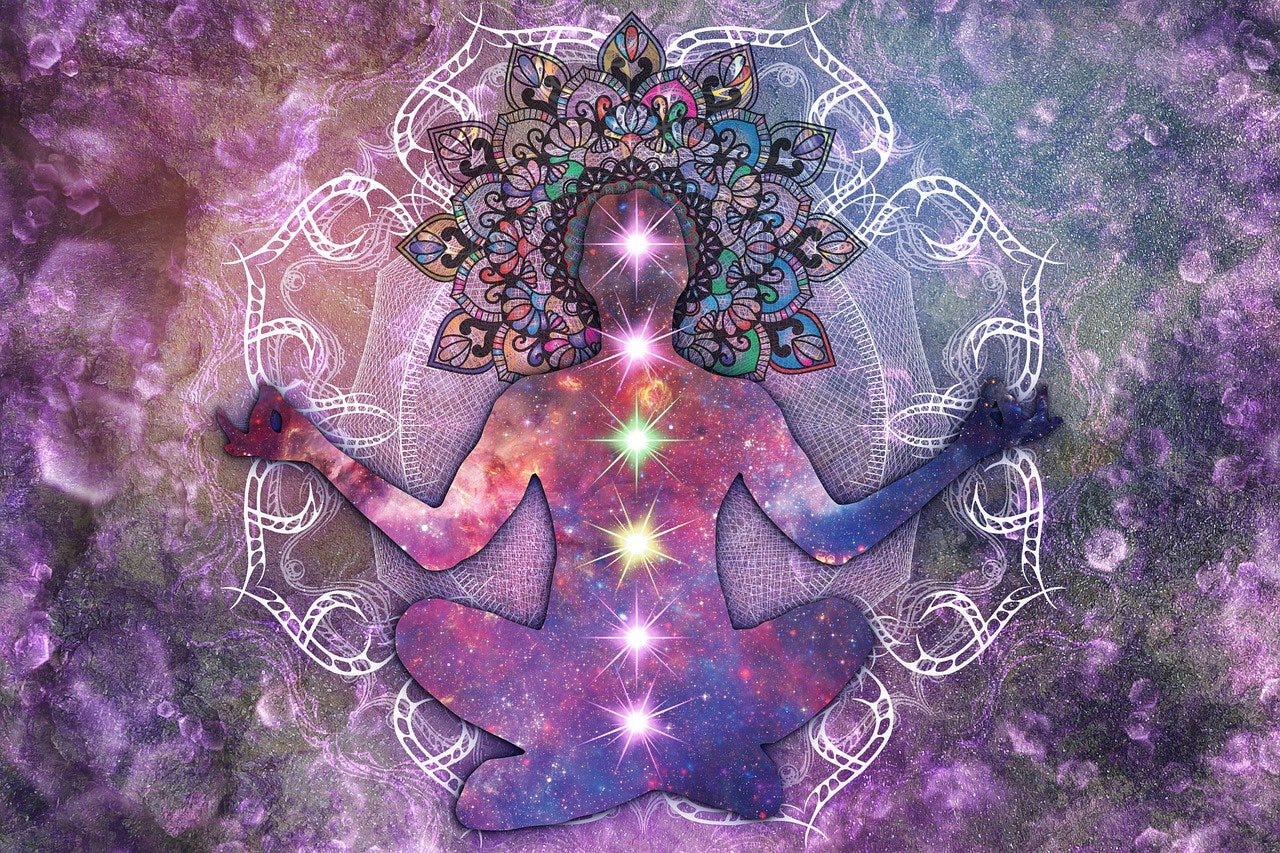

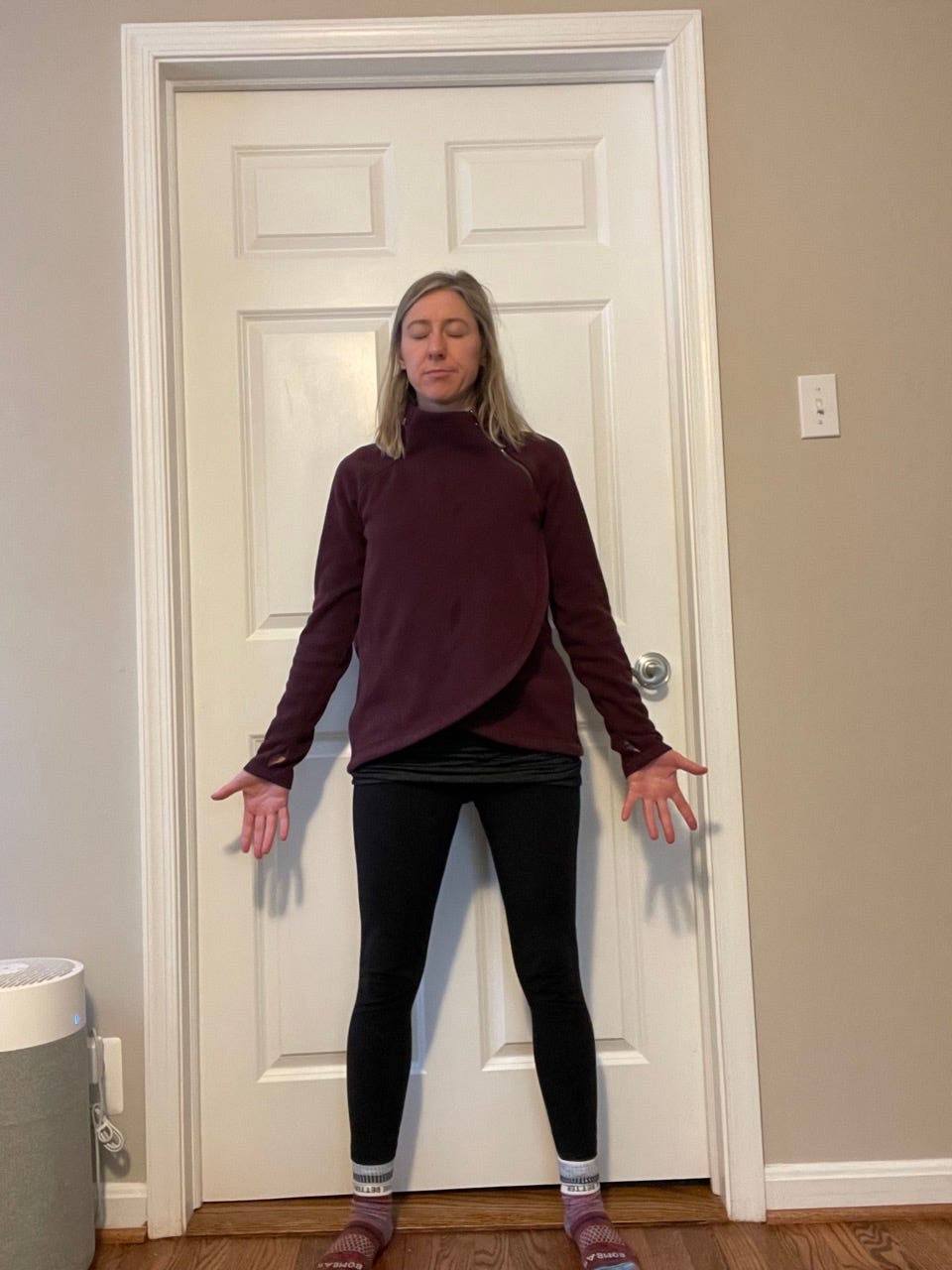


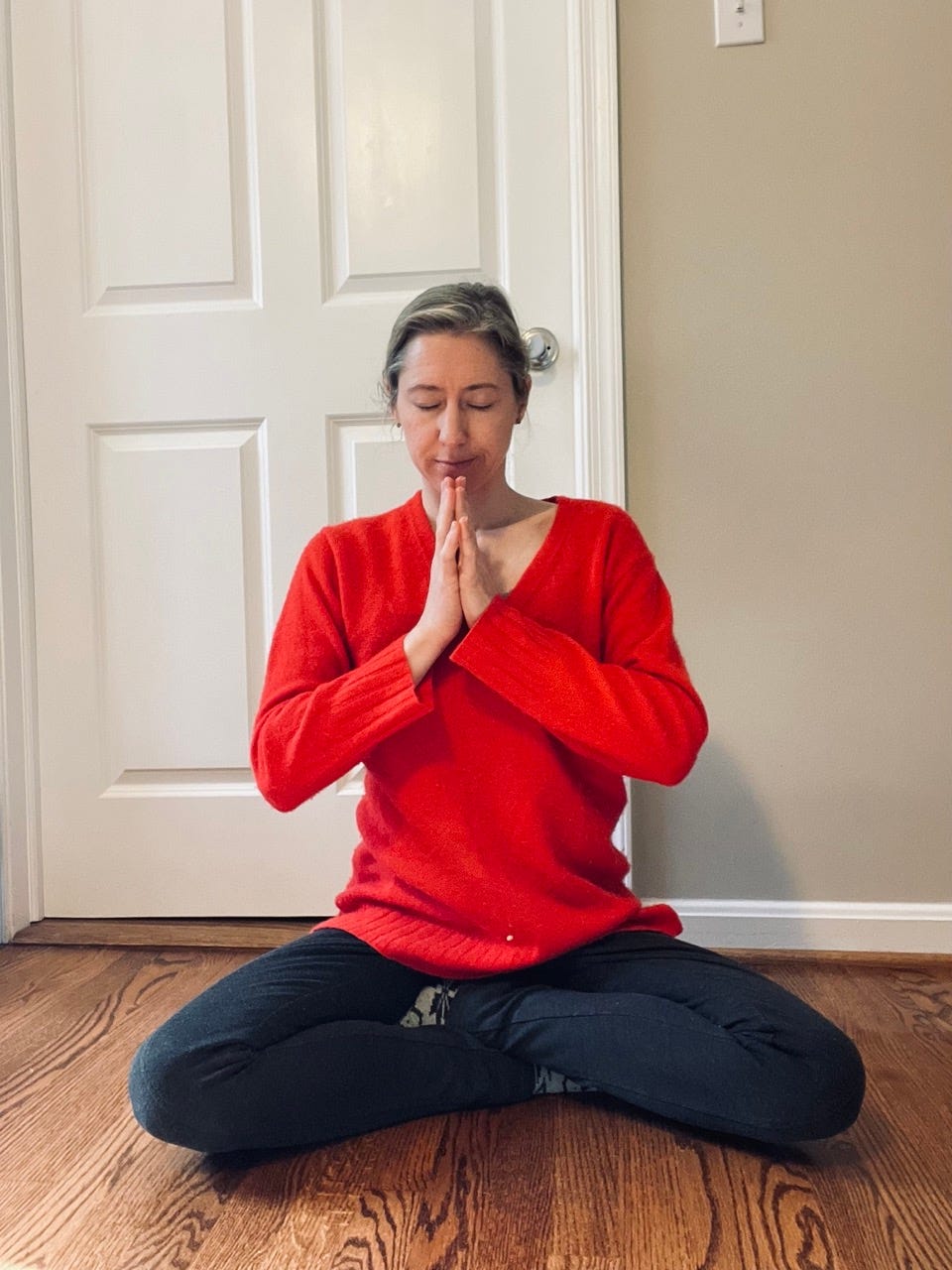

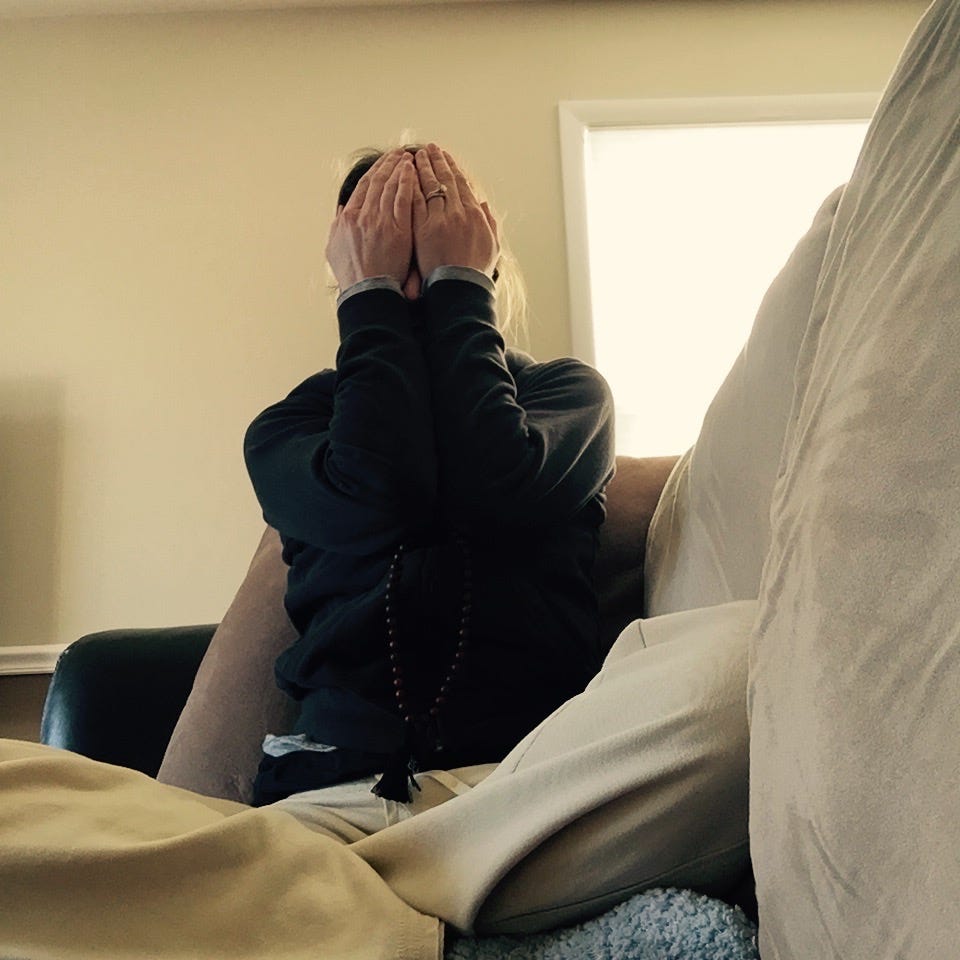
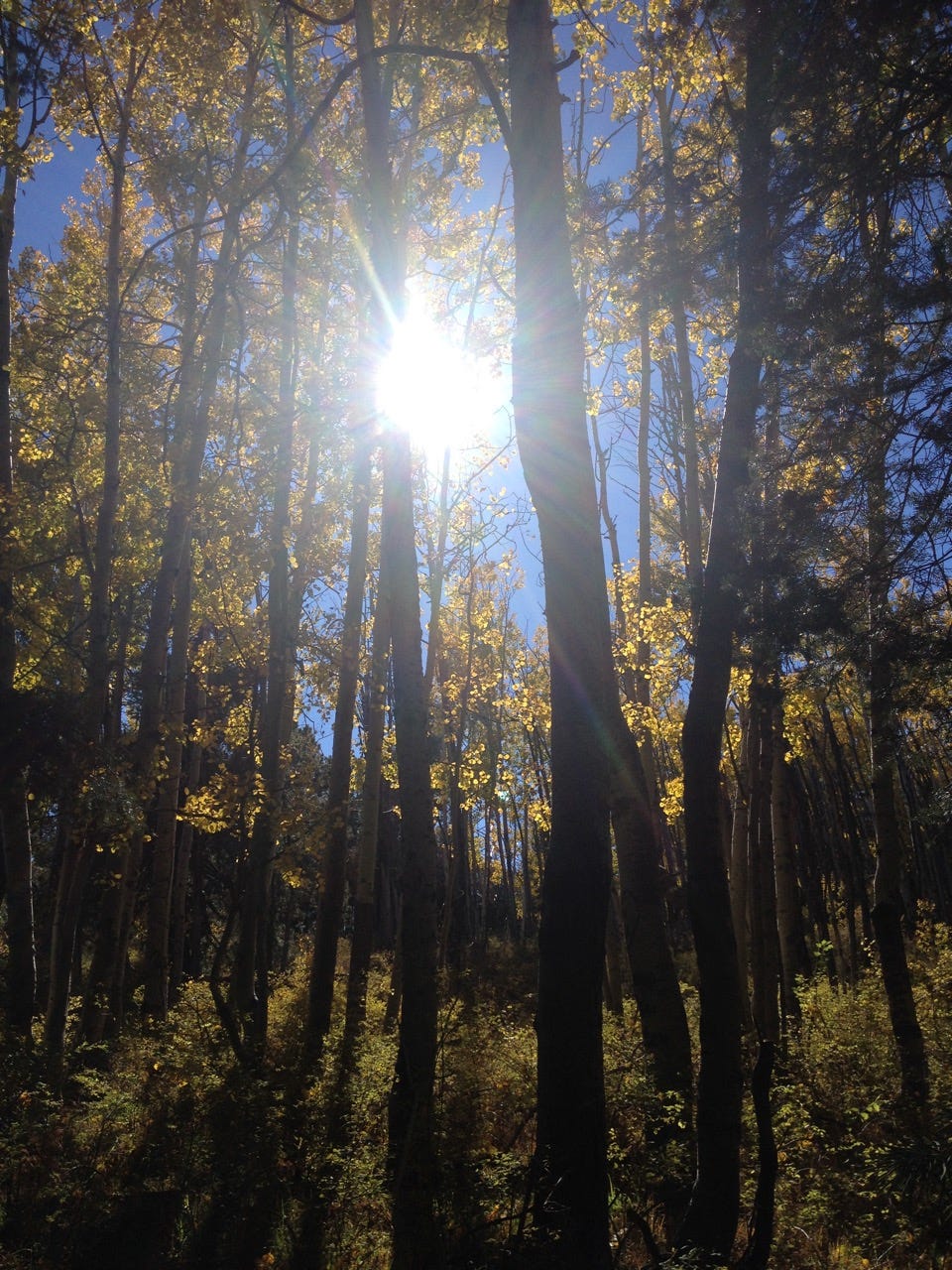

I’d be really curious to hear how this information intersects with what you study and practice Steve! I really do believe everything is all connected and ultimately points to the same thing. Each individual just has to find the practice that resonates with them.
I have practiced with my chakras before and each time I come back to incorporating this into my practice, I discover new things. Maybe this has to do with just gaining more life experience, and of course becoming a mom brings a whole new level of awareness around my personal energy. Speaking of which, my favorite way to connect with my personal energy is either being out in nature, chanting/singing, or journaling. The second chakra resonates most with my current experience because I've been working really hard to define my creative expression and to believe in it (hello, imposter syndrome...). I feel the need to connect more with my third chakra to give me that umph to put my work out into the world with more confidence!